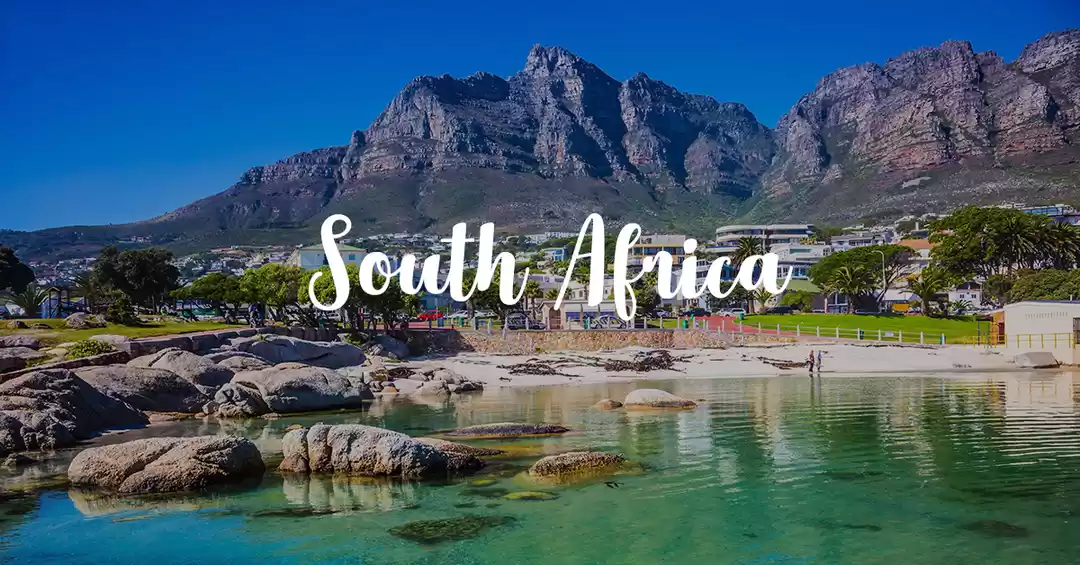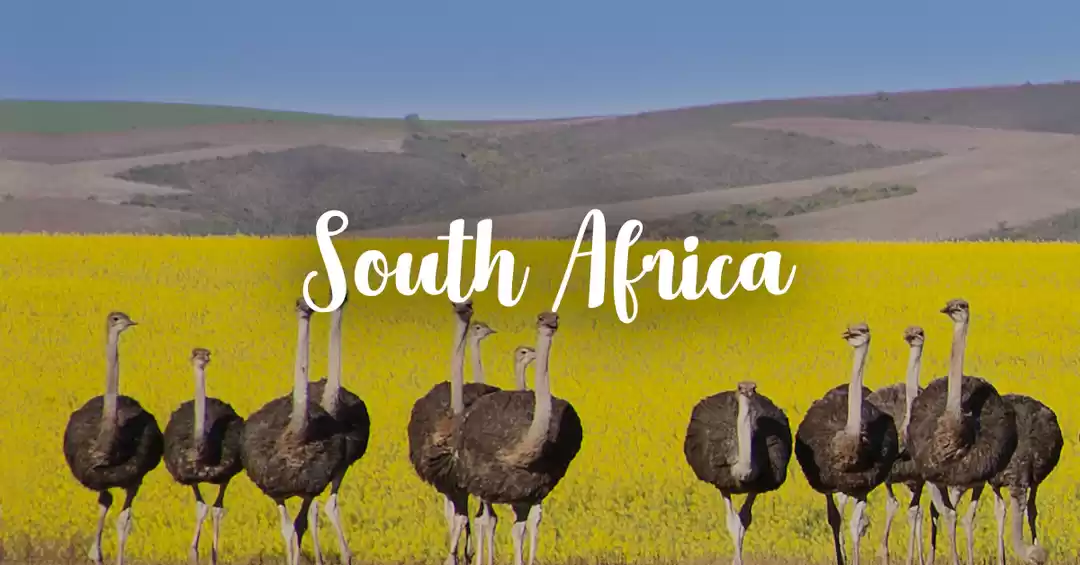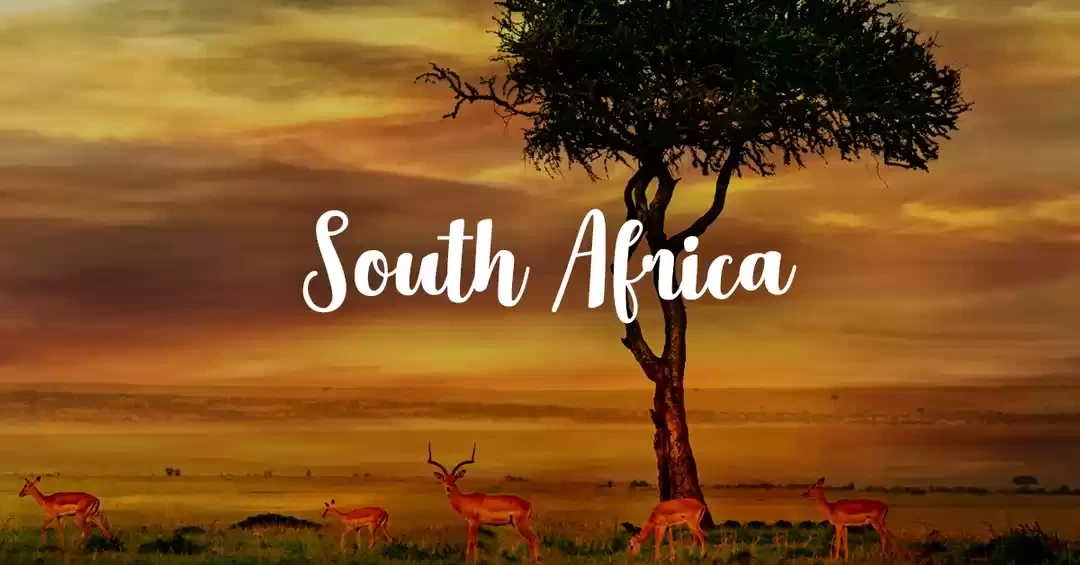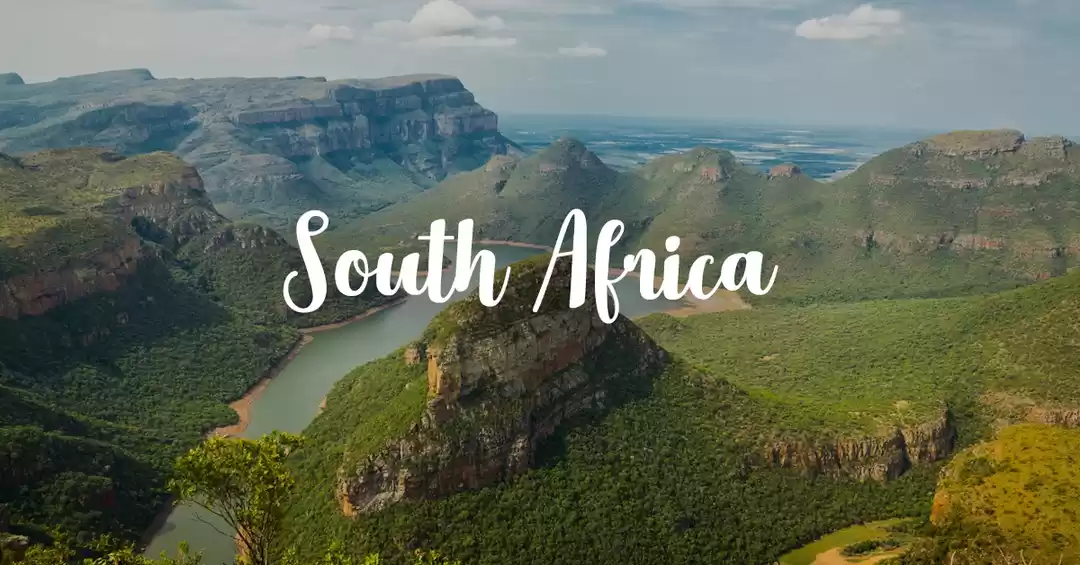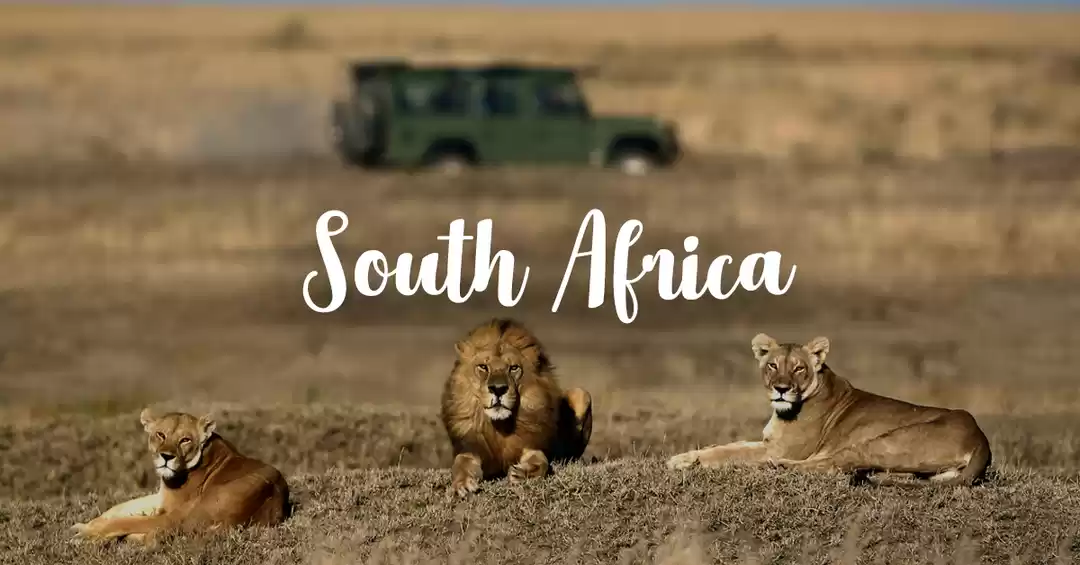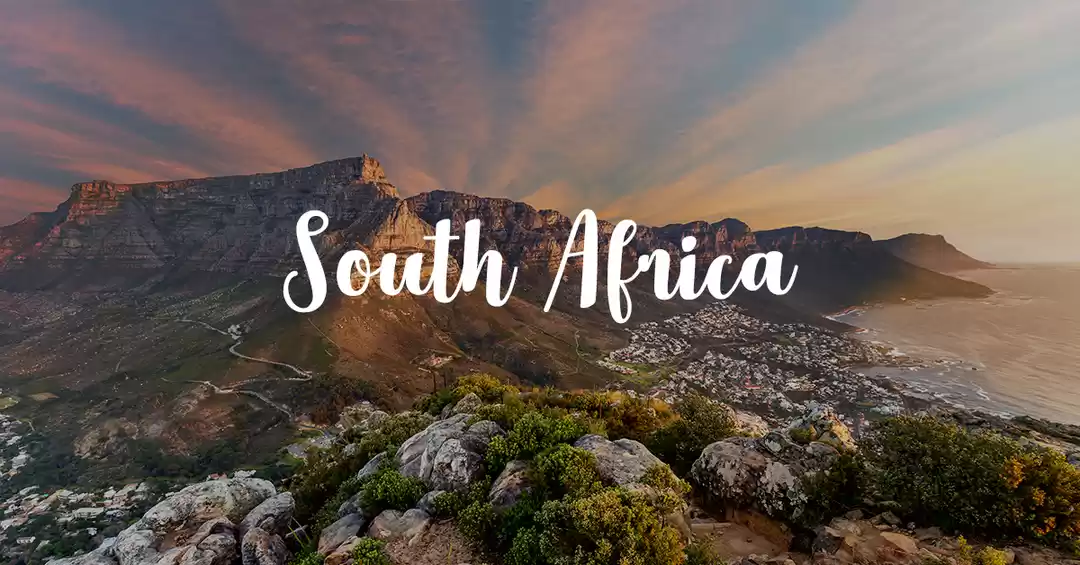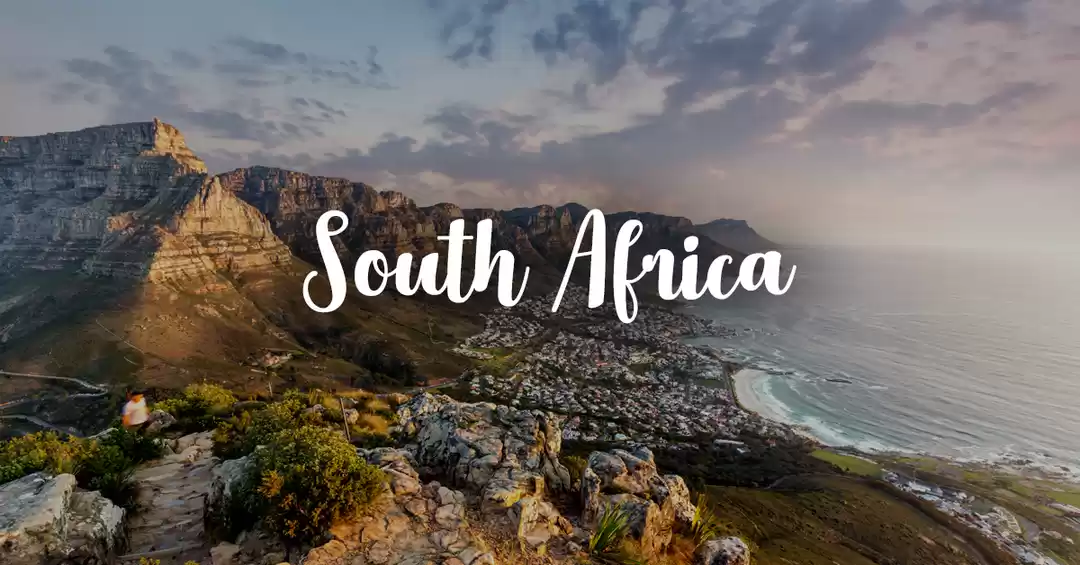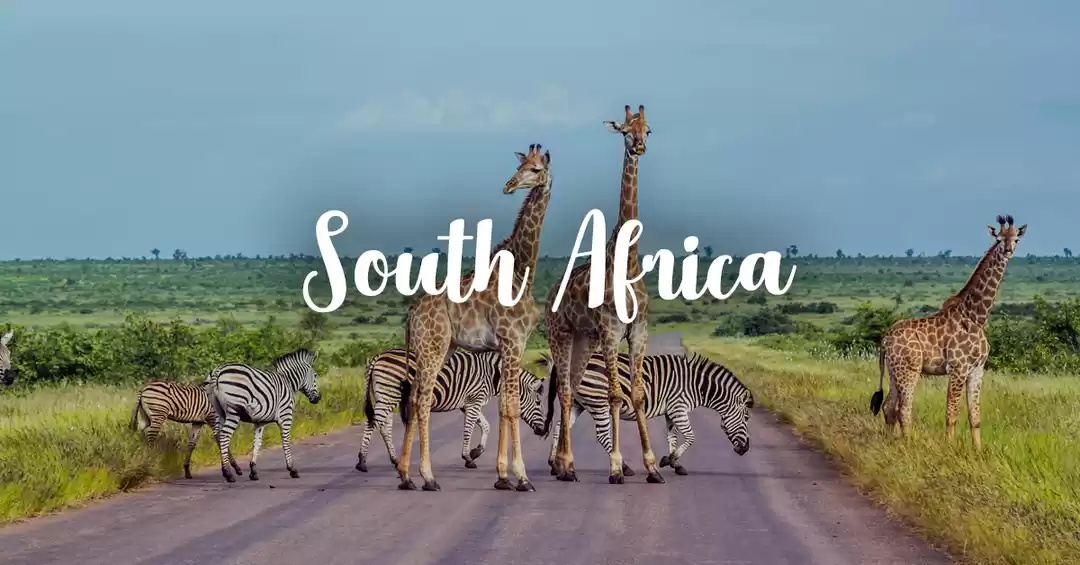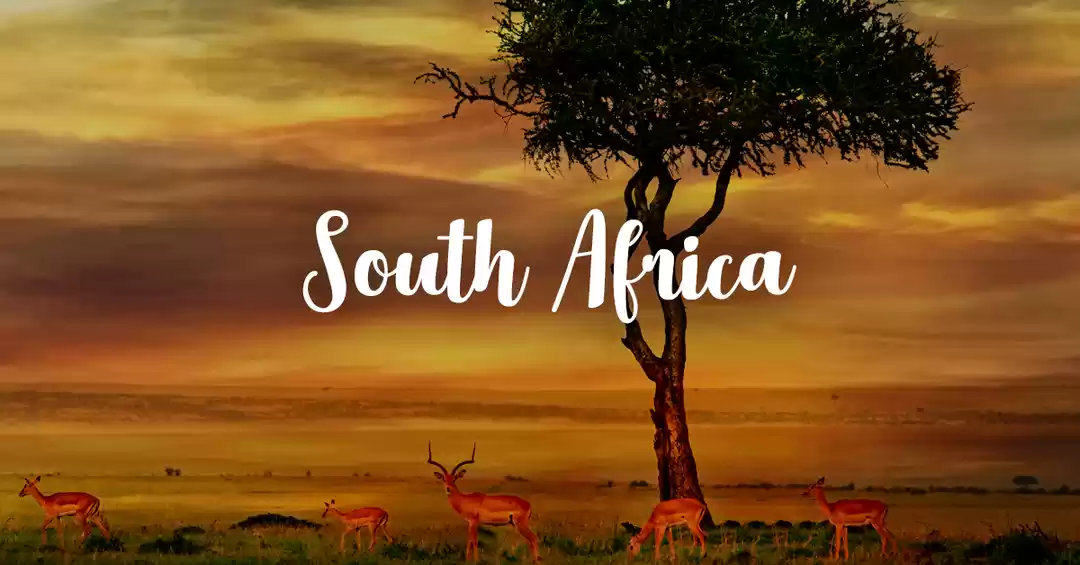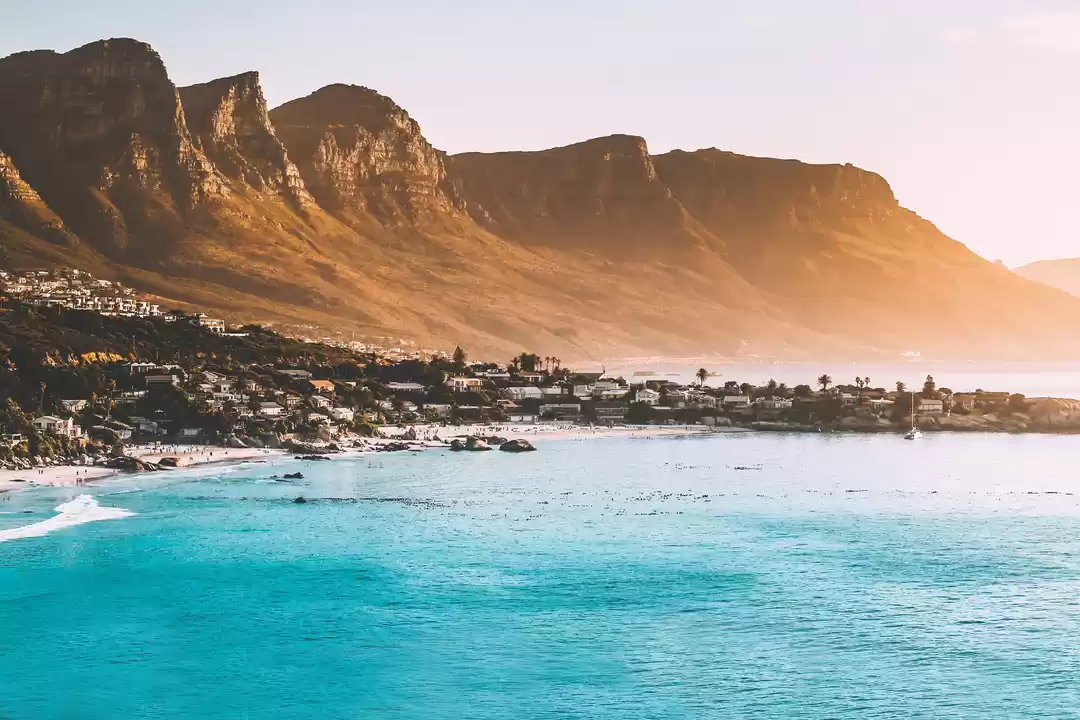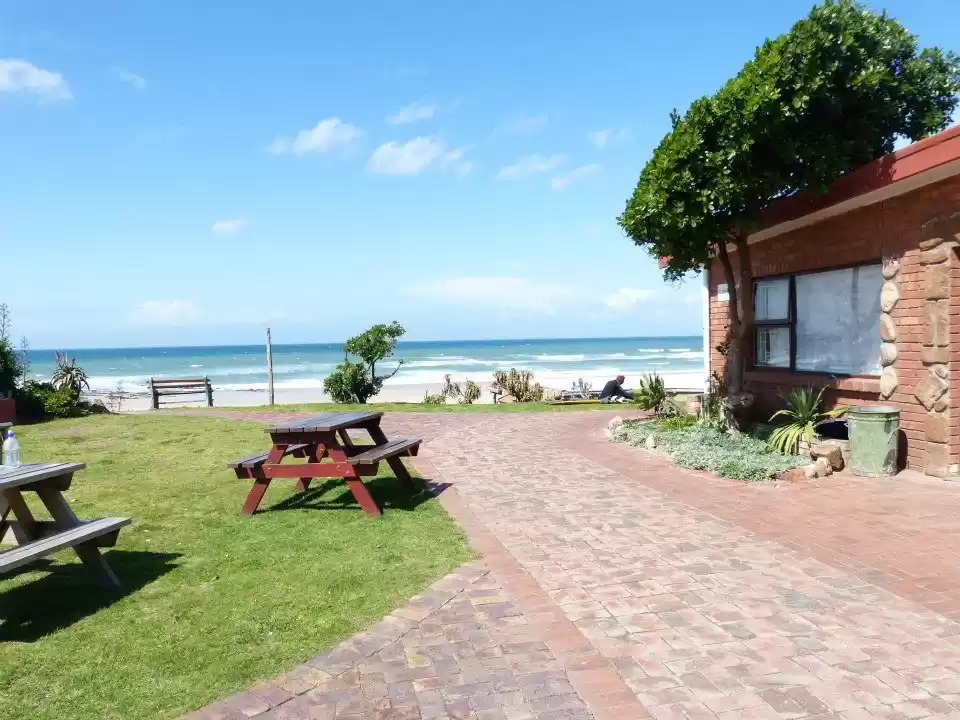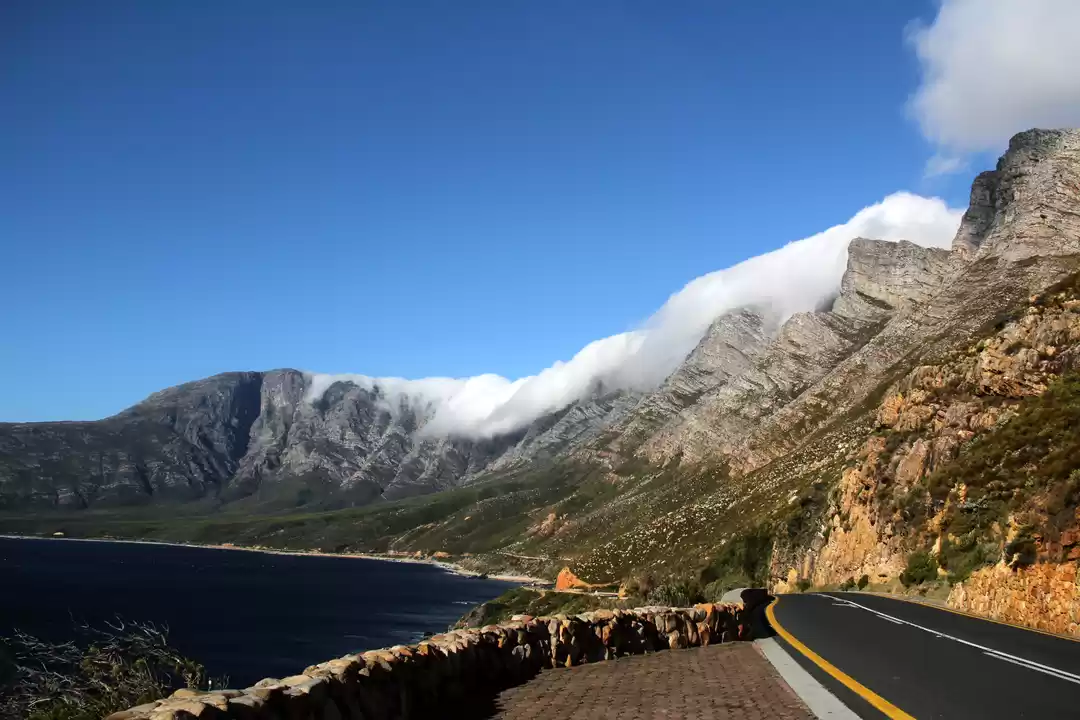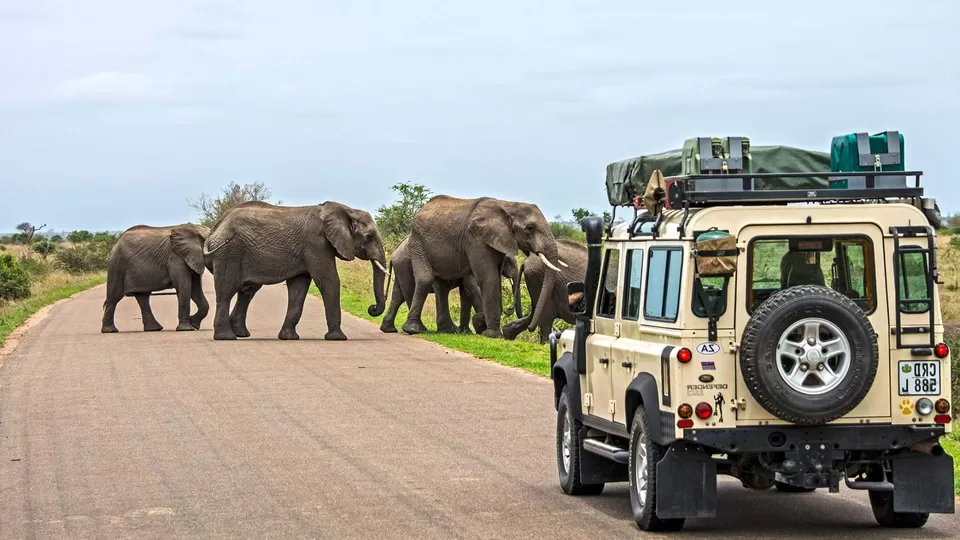
Travelling without flying has become an intriguing option for many globetrotters. Whether due to environmental concerns, a desire for adventure, or a phobia of flying, more people are looking into alternative ways to explore the world. If South Africa is on your bucket list and you want to skip air travel, you're in luck! This vibrant and diverse country can still be reached through a combination of land and sea routes, allowing for a more enriching journey. In this blog, we’ll explore legal ways to travel to South Africa without taking a flight.
Understanding the Challenge
South Africa is located at the southernmost tip of the African continent, making it somewhat isolated compared to countries in Europe or Asia. While it’s a popular tourist destination for its wildlife, landscapes, and culture, most visitors arrive by plane. However, alternative modes of travel—such as ships, trains, and road trips—are entirely feasible, albeit more time-consuming.
The Basics: Planning Your Trip
Before diving into the travel methods, here are a few essential tips for planning your journey:
Visas and Documentation:
Ensure you have the necessary visas for all countries you’ll pass through. This is especially important if you plan to travel overland across multiple nations.
Check South Africa's visa requirements for your nationality.
Health Precautions:
Carry vaccinations like yellow fever if passing through certain regions.
Take anti-malaria precautions if traveling through malaria-prone zones.
Budget and Time:
Overland and sea travel require more time and can be costlier than flying, but they offer unique experiences.
Factor in expenses for accommodation, food, and visas.
Safety and Regulations:
Research the political stability and safety of transit countries.
Stick to well-known routes and reputable transport companies.
Traveling by Sea: The Maritime Route
One of the most practical ways to reach South Africa without flying is by sea. As a major global shipping hub, South Africa has several well-connected ports like Cape Town, Durban, and Port Elizabeth.
1. Cruise Ships
How It Works: Book a cruise that includes South Africa as part of its itinerary. Cruises from Europe or South America often dock in Cape Town or Durban.
Pros: Comfortable, luxurious, and includes onboard entertainment. You’ll see multiple destinations along the way.
Cons: Expensive and limited in departure dates.
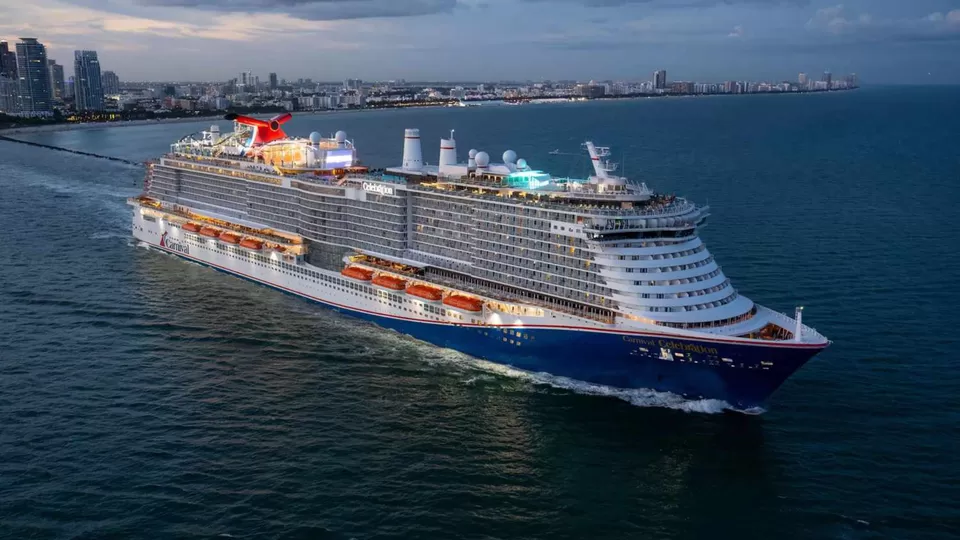
2. Cargo Ships
How It Works: Some cargo ships offer passenger berths for long-haul journeys. Routes often start in European ports like Rotterdam or Hamburg.
Pros: A unique experience with fewer crowds, and you get to witness maritime operations.
Cons: Spartan accommodations, limited amenities, and long travel times (up to 2-4 weeks).
3. Yachting or Sailing
How It Works: Join a sailing expedition or charter a yacht if you have sailing expertise. Ports in the Mediterranean or the Canary Islands are popular starting points.
Pros: Adventurous and highly personalized.
Cons: Requires sailing skills, expensive if hiring a crew, and weather-dependent.
Traveling Overland: The Long Road to South Africa
If you're looking for an overland adventure, brace yourself for a truly epic journey through continents. Traveling to South Africa by road or train will involve crossing Europe, the Middle East, and Africa.
1. Overland Through Europe and Africa
Route Overview:
Start from your home country and travel through Europe via trains or buses.
Enter Africa through Morocco, Egypt, or other northern countries.
Journey south through countries like Kenya, Tanzania, Zambia, and Zimbabwe before arriving in South Africa.
Key Steps:
Europe to Africa: Use ferries to cross from southern Europe (Spain or Italy) to northern Africa (Morocco, Tunisia, or Egypt).
North to South Africa: Travel by bus, car, or train through the African continent.
Pros:
An unparalleled adventure showcasing diverse cultures, landscapes, and wildlife.
Flexibility to explore iconic landmarks like the Sahara Desert, Victoria Falls, and the Serengeti.
Cons:
Requires careful planning and significant time (several months).
Border crossings can be challenging, and infrastructure varies by country.
2. Using the Trans-African Highways
The Trans-African Highway network offers routes designed to connect major cities across the continent.
Suggested Route: Cairo to Cape Town (Trans-African Highway 4).
Pros: A structured route with guidance for travelers.
Cons: Road conditions can vary, and some sections may be unsafe or require detours.

3. Train Travel
How It Works: Combine train journeys in Europe with limited rail services in Africa.
Example Routes:
Take the Eurail system across Europe to southern Spain or Italy.
Board a ferry to North Africa and use local trains to connect southwards.
Pros: Scenic and comfortable where available.
Cons: Limited rail coverage in Africa and requires combining multiple modes of transport.
4. Hitchhiking or Joining Overland Tours
Hitchhiking: Suitable for the bold and budget-conscious. Make connections with local drivers or travelers heading south.
Overland Tours: Join guided expeditions in rugged vehicles that take groups through Africa.
Pros: Cost-effective and community-focused.
Cons: Can be risky without thorough research.
Combining Sea and Land Routes
A practical approach might involve combining sea and overland travel:
Sea Leg:
Take a ship from your home country to a port in North or East Africa (e.g., Morocco, Egypt, or Kenya).
Land Leg:
Continue the journey southwards by road or train, traversing countries like Tanzania, Zambia, and Botswana before entering South Africa.
This hybrid method balances the advantages of both modes, making the journey manageable yet exciting.
What to Expect Upon Arrival?
After your epic journey, you’ll arrive in a country rich in experiences:
Wildlife Safaris: Explore Kruger National Park or smaller reserves for a close encounter with the Big Five.
Cultural Diversity: Visit Cape Town, Johannesburg, or Durban to experience the country's vibrant mix of cultures.
Natural Beauty: Enjoy Table Mountain, the Drakensberg Mountains, or the pristine beaches along the Garden Route.
Final Thoughts
Traveling to South Africa without flying is a rewarding adventure, offering a deeper connection with the journey and the places you pass through. While it requires time, patience, and careful planning, it allows for unparalleled experiences and stories to share. Whether by sea, land, or a combination of both, this slow travel approach highlights the beauty of the journey as much as the destination itself. So pack your bags, prepare your itinerary, and embrace the road (and sea) less traveled—South Africa awaits!



